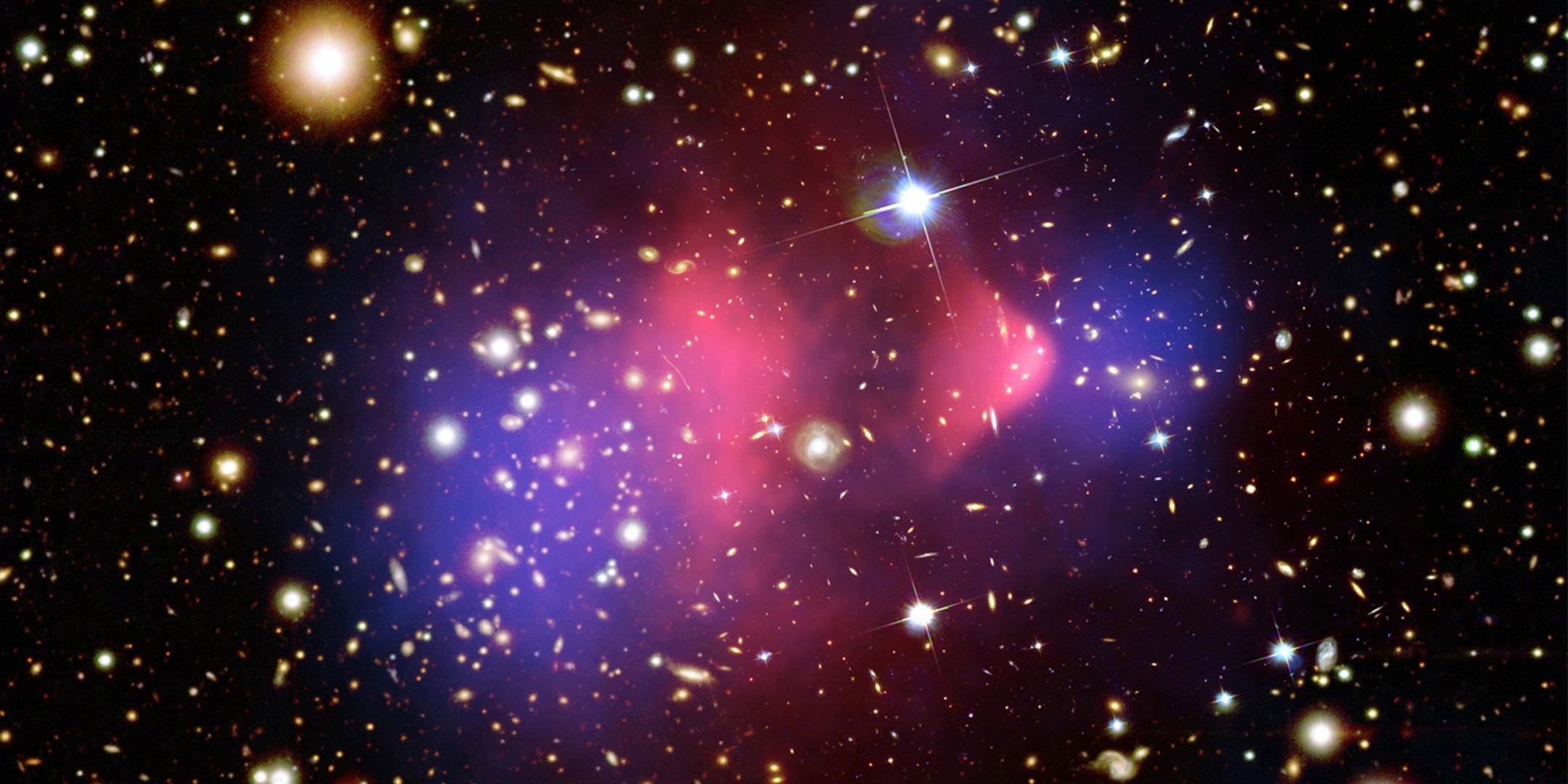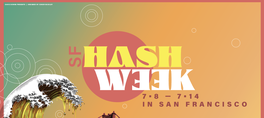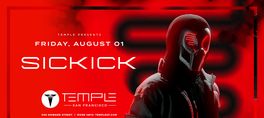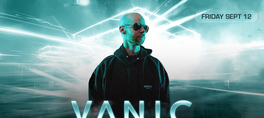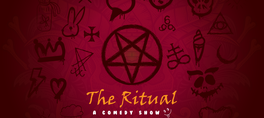Tue August 15, 2017
Astrolecture Series - Unveiling the Dark Universe: A Tale of Fish Tanks, Wine Glasses, and the Smallest Dark Matter Clumps
SEE EVENT DETAILS
at Arguello
(see times)
The AstroLecture Series is held every third Tuesday of the month and is co-sponsored by the San Francisco Amateur Astronomers in partnership with the Presidio Trust. Each lecture focuses on an astronomy related topic, and shares the latest findings and cutting edge science from noted professional astronomers, scientists, and scholars. Lectures introduce content that will engage the astronomy beginner as well as deliver a serious science fix to people with an advanced knowledge. One hour to 90 minutes of highly visual and stimulating presentation is followed by interactive an interactive question and answer session. For all ages. Sponsored by the San Francisco Amateur Astronomers and the Presidio Trust.
At this Event What is “dark matter?” This is a question that has preoccupied astrophysicists for many decades. Observations show that 80% of the matter in our universe is in this mysterious, invisible form. In this talk, Dr. Hezaveh discusses how ALMA, the world’s most sophisticated radio telescope, is used to observe some of the most distant galaxies of our universe to learn new things about dark matter. On their 12 billion light year journey to us, light rays from these galaxies pass near other galaxies. As this happens, the dark matter halos of the intervening galaxies, large and small, bend their trajectories, causing the images here on the Earth to look distorted, like images in a funhouse mirror.
Yashar Hezaveh is a Hubble Fellow at the Kavli Institute for Particle Astrophysics and Cosmology at Stanford University. His research is primarily centered on strong gravitational lensing of high redshift, dusty galaxies, with a special focus on mapping the detailed distribution of dark matter on small scales in lensing halos. Understanding the small scale distribution of dark matter can give us invaluable clues to the nature of dark matter.
Photo Credit: Alex Sushkov Lab
show less
At this Event What is “dark matter?” This is a question that has preoccupied astrophysicists for many decades. Observations show that 80% of the matter in our universe is in this mysterious, invisible form. In this talk, Dr. Hezaveh discusses how ALMA, the world’s most sophisticated radio telescope, is used to observe some of the most distant galaxies of our universe to learn new things about dark matter. On their 12 billion light year journey to us, light rays from these galaxies pass near other galaxies. As this happens, the dark matter halos of the intervening galaxies, large and small, bend their trajectories, causing the images here on the Earth to look distorted, like images in a funhouse mirror.
Yashar Hezaveh is a Hubble Fellow at the Kavli Institute for Particle Astrophysics and Cosmology at Stanford University. His research is primarily centered on strong gravitational lensing of high redshift, dusty galaxies, with a special focus on mapping the detailed distribution of dark matter on small scales in lensing halos. Understanding the small scale distribution of dark matter can give us invaluable clues to the nature of dark matter.
Photo Credit: Alex Sushkov Lab
The AstroLecture Series is held every third Tuesday of the month and is co-sponsored by the San Francisco Amateur Astronomers in partnership with the Presidio Trust. Each lecture focuses on an astronomy related topic, and shares the latest findings and cutting edge science from noted professional astronomers, scientists, and scholars. Lectures introduce content that will engage the astronomy beginner as well as deliver a serious science fix to people with an advanced knowledge. One hour to 90 minutes of highly visual and stimulating presentation is followed by interactive an interactive question and answer session. For all ages. Sponsored by the San Francisco Amateur Astronomers and the Presidio Trust.
At this Event What is “dark matter?” This is a question that has preoccupied astrophysicists for many decades. Observations show that 80% of the matter in our universe is in this mysterious, invisible form. In this talk, Dr. Hezaveh discusses how ALMA, the world’s most sophisticated radio telescope, is used to observe some of the most distant galaxies of our universe to learn new things about dark matter. On their 12 billion light year journey to us, light rays from these galaxies pass near other galaxies. As this happens, the dark matter halos of the intervening galaxies, large and small, bend their trajectories, causing the images here on the Earth to look distorted, like images in a funhouse mirror.
Yashar Hezaveh is a Hubble Fellow at the Kavli Institute for Particle Astrophysics and Cosmology at Stanford University. His research is primarily centered on strong gravitational lensing of high redshift, dusty galaxies, with a special focus on mapping the detailed distribution of dark matter on small scales in lensing halos. Understanding the small scale distribution of dark matter can give us invaluable clues to the nature of dark matter.
Photo Credit: Alex Sushkov Lab
read more
At this Event What is “dark matter?” This is a question that has preoccupied astrophysicists for many decades. Observations show that 80% of the matter in our universe is in this mysterious, invisible form. In this talk, Dr. Hezaveh discusses how ALMA, the world’s most sophisticated radio telescope, is used to observe some of the most distant galaxies of our universe to learn new things about dark matter. On their 12 billion light year journey to us, light rays from these galaxies pass near other galaxies. As this happens, the dark matter halos of the intervening galaxies, large and small, bend their trajectories, causing the images here on the Earth to look distorted, like images in a funhouse mirror.
Yashar Hezaveh is a Hubble Fellow at the Kavli Institute for Particle Astrophysics and Cosmology at Stanford University. His research is primarily centered on strong gravitational lensing of high redshift, dusty galaxies, with a special focus on mapping the detailed distribution of dark matter on small scales in lensing halos. Understanding the small scale distribution of dark matter can give us invaluable clues to the nature of dark matter.
Photo Credit: Alex Sushkov Lab
show less
Date/Times:
Arguello
50 Moraga Avenue, San Francisco, CA 94129
The Best Events
Every Week in Your Inbox
From Our Sponsors
UPCOMING EVENTS
Great suggestion! We'll be in touch.
Event reviewed successfully.
